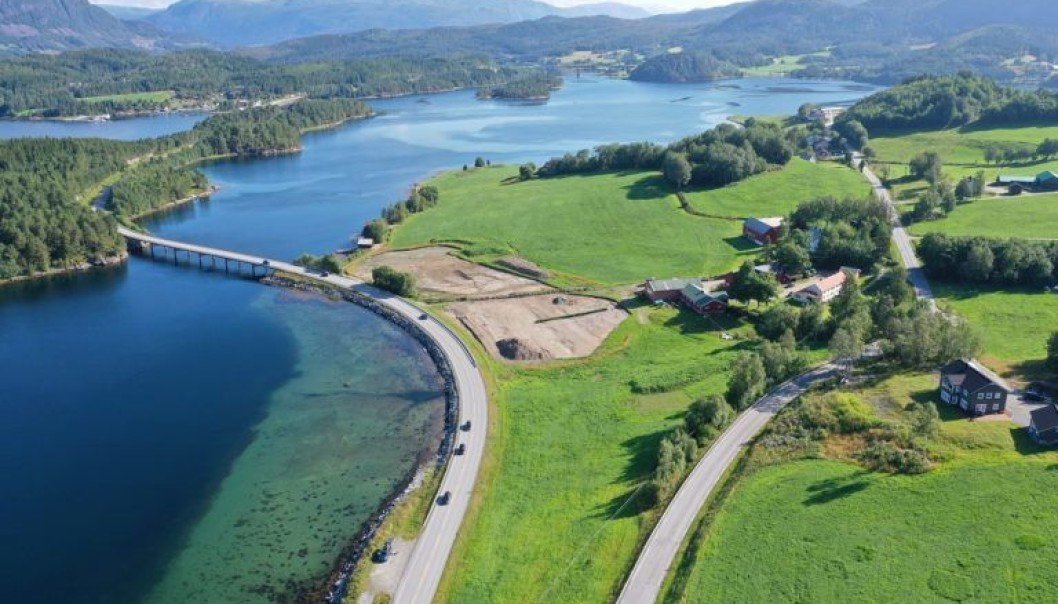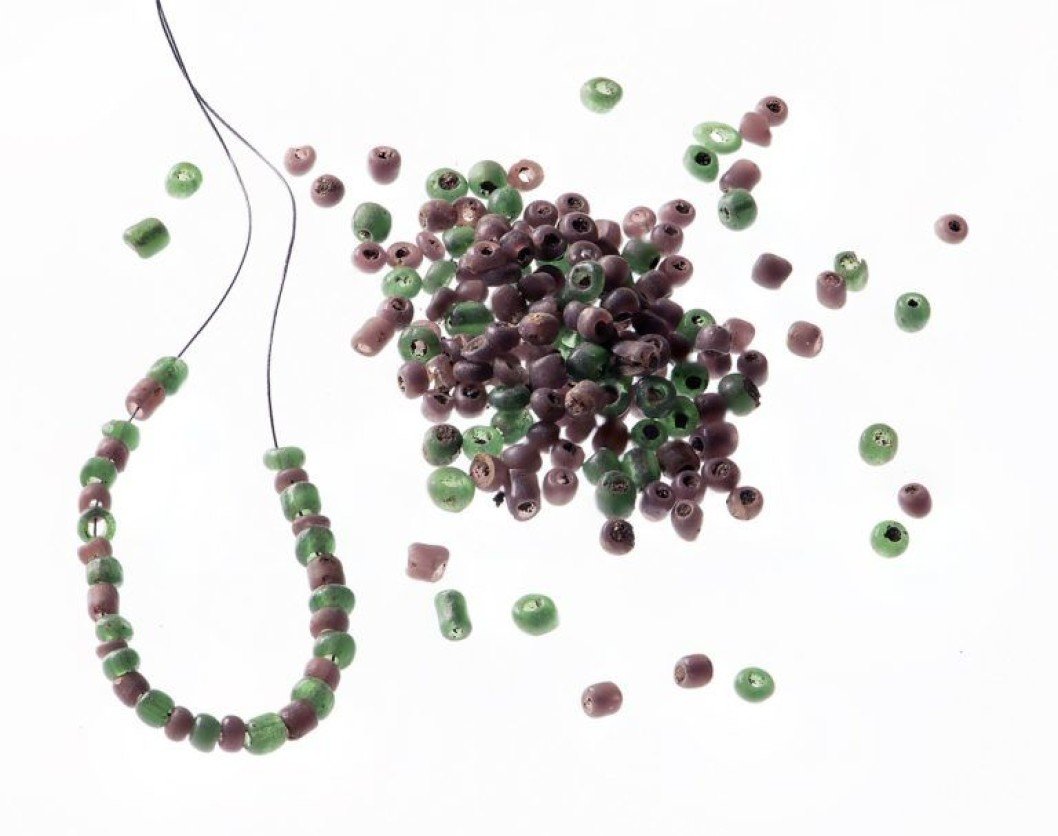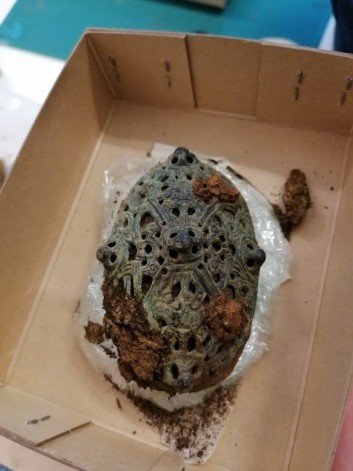Jan Bartek – AncientPages.com – When you’re an archaeologist you may have to wait a long time before you find something of historical value. Norwegian archaeologists had been excavating for weeks without discovering anything but post holes and cooking pits.
But then, they suddenly had luck on their side. They noticed peculiar traces of a rectangular construction in the ground. What could it be? Was it something one should be excited about?

The excavation area at Hestnes. Credit: Kristoffer Rantala, NTNU University Museum
The scientists started digging and to their surprise, they made a remarkable discovery. It turned out this was an ancient grave, but not an ordinary one. There were no other graves in the vicinity and the remains of the person put to rest in this burial chamber were very old. According to field manager Eystein Østmoe this was something that has never been encountered in Central Norway before.
“The rectangular construction that the archaeologists found are the remains of what was once a wooden burial chamber, measuring approximately 1.7 x 1 meter, known as a chamber grave,” Science in Norway reports.
“This chamber grave is special because hardly any examples of graves of this type have been found in our part of the country,” says archaeologist and project manager Raymond Sauvage.
But the biggest and most surprising discovery was yet to come.
After almost 1,000 years there is not much left of the wooden burial chamber, but it has been dated to 850 – 950 C.E.
Inside are the remains of A Viking woman who must have been an important person because her burial gifts are truly extraordinary.

At least 339 pearls were placed with the woman in the burial chamber. Credit: Åge Hojem, NTNU University Museum
“We found imprints of the four posts that stood in each corner and some of the walls. The construction technique and size helped confirm that it’s a chamber grave,” says Sauvage.
“This type of grave is widespread mainly in Birka in Sweden, and in former Danish areas – that is, Denmark including Skåne county, south-eastern parts of Norway and Hedeby in present-day Germany.
Chamber graves seem to have been particularly popular among the first city dwellers. They are especially concentrated around the early urban centres, like Birka, Hedeby and Kaupang in Skiringssal.
“Of course you’ll find the occasional chamber grave farther up the coast, but by way of comparison, hundreds of these graves have been found in Birka,” Sauvage says.
As explained earlier on Ancient Pages, “astonishing Norse jewelry discovered in hoards and burial sites reveal Vikings were highly skilled craftsmen. Viking jewelry was beautifully made, and it’s still reproduced today in modern times.
Ancient Viking jewelry was in most cases made of silver or bronze and sometimes gold. Many Viking ornaments featured images of animals, particularly twisting shapes of snakes.”
Archaeologists did discover many wonderful Viking burial gifts, but the large number of them was a bit surprising.

The contents of the turtle brooch might be able to tell us more about who the woman was. Credit: Eystein Østmoe, NTNU University Museum
“The woman was buried with a three-lobed brooch, which she used to close her sark at the neck. The brooches were originally made from Carolingian sword sheath fittings and were then modified into jewelry in the Nordic countries. These modified fittings were later copied, and original Scandinavian variants were made,” Sauvage says.
“The brooch that was found at Hestnes is a type that’s quite rare in Norway. However, it’s typical in the Old Danish areas. It was probably produced there, perhaps in Hedeby. In Norway, brooches like this are usually found in areas that were previously Danish – in other words, roughly Viken county [in south-eastern Norway].”
See also: Explore The World of The Vikings
According to Science in Norway, “large quanтιтies of green and purple miniature beads were also found in the grave, and so far 339 beads have been counted. All the beads are tiny, between one and two millimeters.
“Finding miniature beads like these is really rare. In Isfjorden in Rauma municipality, a few such beads have been found, and some were also found in a grave in Steigen municipality [in Nordland county],” Sauvage says.
“The beads were concentrated over the woman’s right shoulder, but we don’t know if they were part of a bead necklace or something else. One find from Hedeby with similar beads was interpreted as being beads embroidery in one form or another, and we can imagine that the same could be the case here,” he says.
“In archaeology, it’s common to think that the artefacts in the graves tell us something about the status and idenтιтy of the person who was buried. This artifact material indicates that the woman came from the south-eastern part of Scandinavia and that she was buried according to her own cultural tradition,” says Sauvage.
We can only speculate how she ended up here, but Sauvage says she might have come to Hestnes through an arranged marriage.
See also: More Archaeology News
“Travelling great distances and building networks over large areas is typical of the Viking Age. Alliances and friendships were the primary social glue in Viking Age society. It was through them that you built your social status and gained political power in an area. Marriage was a way to ally two families in this system,” he says.
Written by Jan Bartek – AncientPages.com Staff Writer





